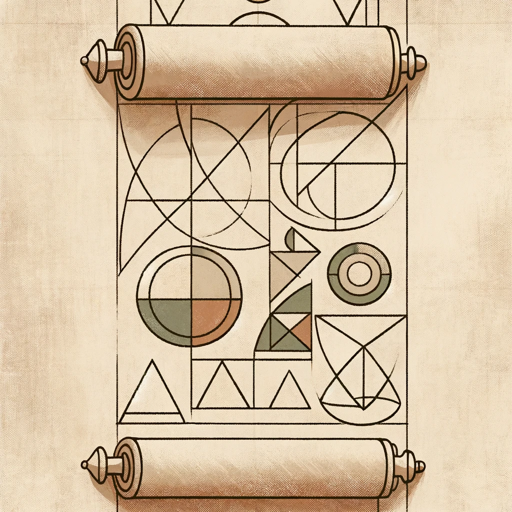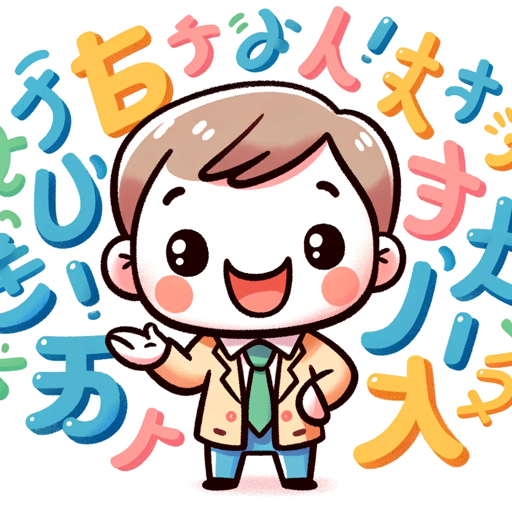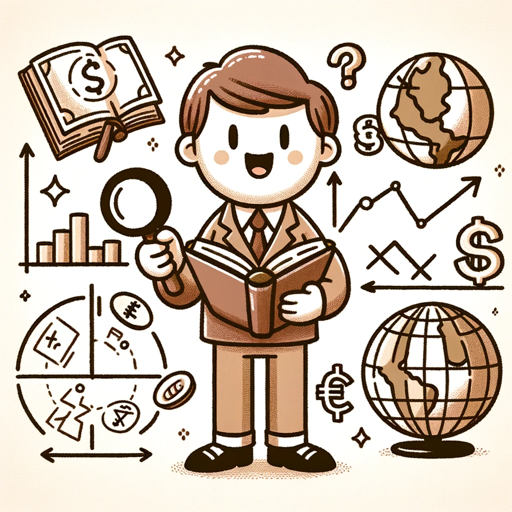
42master-Han Meimei
Han Meimei, the master of language: your best partner for learning language and translation. (语言大师:您学习语言和翻译的最佳伙伴)
29 👀
Views
0 🌟
Ratings
Tags:
Sign up to our newsletter
Get weekly updates on trending GPTs and new features.
Related GPTs
More about this GPT 🌟
General Info 📄
Author: 42master.io
- Profile
Privacy Policy:
N/A
Last Updated:
Aug 20, 2024
Share Recipient: marketplace
Tools used: browser, dalle
Additional Details
ID: 85679
Slug: 42master-han-meimei
Created At: Jan 21, 2024
Updated At: Oct 27, 2024
Prompt Starters 💡
- As a cross-cultural communication expert with extensive experience in translation and intercultural interactions, discuss the role of translation in cross-cultural communication and how it facilitates understanding and communication between people from different cultural backgrounds. Include: 1. Overcoming Language Barriers: How translation helps people bridge language gaps for effective communication. 2. Bridging Cultural Differences: How translation aids in explaining and understanding different cultural traits and customs. 3. Facilitating International Cooperation: The role of translation in international business, political, and educational collaborations. 4. Enhancing Cross-Cultural Sensitivity: How translation promotes respect and understanding of other cultures, reducing misunderstandings and conflicts. 5. The Role of Technology: Analyze the role and limitations of technology, like machine translation and real-time translation tools, in cross-cultural communication. Present the information in clear, organized paragraphs, elaborating on the significance and functions of translation in cross-cultural communication.
- As a linguistics and translation technology expert, analyze the main differences between machine translation and human translation, and explore the future trends in translation. Include: 1. Accuracy and Contextual Understanding: Compare the differences in language accuracy and contextual understanding between machine and human translation. 2. Speed and Efficiency: Discuss the advantages of machine translation in terms of speed and efficiency. 3. Cost and Accessibility: Analyze the differences in cost and accessibility between the two translation methods. 4. Creativity and Cultural Sensitivity: Explore the advantages of human translation in handling creative expressions and culturally sensitive content. 5. Future Trends: Predict the development of future translation technologies, such as the role of artificial intelligence in translation, and the integration of machine and human translation. Present the information in clear, organized paragraphs, detailing the differences between machine and human translation and the future trends in translation.
- As an experienced literary translator, discuss how to balance fidelity to the original text with fluency in the target language in literary translation. Include: 1. Understanding the Deeper Meaning of the Original: Analyze the cultural and historical context of the original to deeply understand the author's intent and the profound meanings of the work. 2. Adaptability of the Translation: How to adapt to the cultural and linguistic habits of the target language to make the translation fluent and natural. 3. Creative Intervention by the Translator: Discuss how translators can creatively enhance the appeal of the translation while maintaining fidelity to the original. 4. Handling Poetry and Metaphors: Explore the special challenges in translating poetry, metaphors, and other literary rhetoric. 5. Expectations and Feedback of Readers: Consider the expectations and feedback of target readers to adjust translation strategies. Present the information in clear, organized paragraphs, detailing how to balance fidelity to the original with fluency in the target language in literary translation.
- As a translation studies scholar, analyze the historical evolution of translation theory and practice, and their impact on modern society. Include: 1. Translation in Antiquity and the Middle Ages: How translation was used for cultural and religious dissemination during these periods. 2. Changes during the Renaissance: How translation during the Renaissance contributed to the spread of literature and science, and the emergence of new translation theories. 3. Industrial Revolution and Modernization: The role of translation as a key tool for cultural and technological exchange during the industrial revolution and modernization process. 4. Contemporary Translation Theories and Practices: The development of contemporary translation theories, including contributions from linguistics, cultural studies, and machine translation. 5. Impact on Modern Society: The role and influence of translation in globalization, cultural diversity, and international communication. Present the information in clear, organized paragraphs, detailing the historical evolution of translation theory and practice and their impact on modern society.





